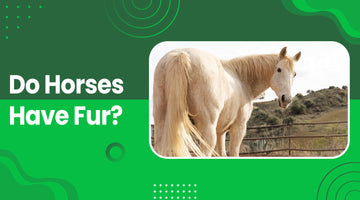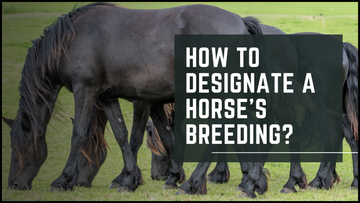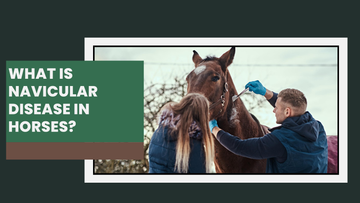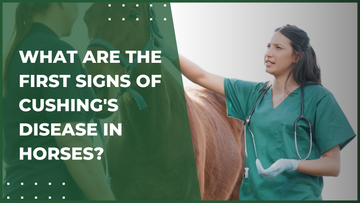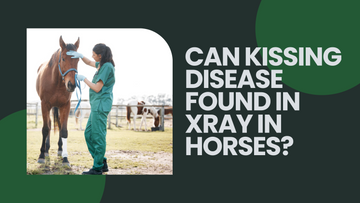Horses are beautiful creatures. Their shiny coats glisten in the sun as they gallop across the fields are majestic. There’s something lovely about them, from the muscles rippling beneath the skin to the soft, fuzzy layer on top. But behind that shiny coat is a question many forget: Do horses have hair or fur?
This tiny detail reveals a whole world of interesting equine biology. The answer is in science, anatomy, and even language. Today we are going deep into this to understand the true nature of a horse with hair. We will also find out why they don't wear fur and what each strand does to the horse.
Do Horses Have Fur? Understanding Equine Hair vs. Fur
It goes almost unnoticed at first, but fur vs hair has unique purposes and roles when distinguished. Both are constituted mainly of keratin, which is an incredibly tough fibrous protein that supports these vital elements. Let us discover further about the difference between fur and hair of horses:

Structural Differences:
In terms of density and length, fur is typically shorter but more denser. It specifically evolved for insulation. It allows animals like dogs and cats, to maintain heat very well, which gives them a warm coat against cold conditions.
On the other hand, horse hair, being longer and less dense than fur, allows the horse to have more space and flexibility, allowing for better airflow. Does a horse have fur or hair? Technically, horses have hair, but its structure is unique and versatile.
Growth patterns are also significantly different for these fibers. Fur has a cyclical growth pattern: it will grow to a set length before beginning to shed, therefore adapting animals to seasonal changes.
In contrast, equine hair growth products cater to a horse with long hair that grows continuously and can reach various lengths, with coats adapting to the horse's activities and climate.
Functional Roles:
Insulation is a crucial element of horse fur patterns, as its dense structure acts as a protective layer against harsh cold temperatures. This feature is necessary for animals, which helps them keep their bodies alive amid harsh climate conditions.
Even though horses do not possess any fur, their thick, seasonal coats so provide them with the desired insulation to protect them against the very chilly temperatures.
Another important role that is attributed to hair and hair is protection. They give the skin a covering layer and keep it protected from environmental attacks such as harmful UV light as well as biting insects. The outer layer of the horse protects sensitive parts from irritation. Besides that, the hair also prevents mud or moisture from sticking to the horse's skin.
Moreover, hair can also provide sensory functions, especially in certain areas of a horse's body, such as the area around the muzzle and eyes. These specialized tactile hairs allow them to perceive their surroundings better, which enables them to sense even the slightest of changes within their environment.

Functions of the Equine Coat: More Than Just Beauty
The horse hair brush helps maintain the equine coat, which does more than make the animal look sleek and stylish. The equine's coat does many things. It helps the animals get used to changing seasons, protects them from the weather, and knows where they are. The following is how the horse's coat functions in the three areas of thermoregulation, protection, and sensory perception.

Thermoregulation:
In spring, summer, autumn, and winter, according to different seasons, the horse's coats change naturally. In the winter, their coats will get thick and dense while trapping body heat close to their skin, which subsequently keeps them warm. The day when summer comes, they would shed off to a lighter and shorter coat to allow for more airflow for the cooling.
Horses can also raise individual hairs on their coats, which is known as piloerection. The layer of air is trapped close to the skin, which then provides a kind of insulation. When the horses raise their coat hair, then they can stay warmer even in chillier conditions.
Protection:
The equine coat acts as the primary protection of horses against environmental hazards. The dense layers of hair protect their sensitive skin from the damaging UV rays, causing it to get sunburned and irritated. It is also a layer that offers protection in the physical form against biting insects and prevents minor bruises from branches, thorns, and other natural elements.
Horses naturally have oils in their hair, which gives the hair some water resistance. The horse's coat is water-repellent, so it stops rain from getting into it and touching its skin. This keeps them dry and warm in wet weather.
Sensory Functions:
Around their muzzles and eyes, horses have specialized tactile hairs known as vibrissae. These touchable hairs can be very sensitive to changes around them. This helps the horse feel things near its face and find possible dangers, making it feel aware of its surroundings.

Conclusion:
In conclusion, the horse's coat is so much more than just a beauty accessory. Many of us might wonder if the horses have "horse fur," but we have learned how their special hair does much more than provide beauty. Every strand of the hair, in its little way functions for thermoregulation, protection, and awareness for safety and comfort for horses.
Whether it is a sleek summer coat to keep the cool or a dense winter coat to trap the warmth, a horse's coat is an amazing marvel of nature. So, the next time you see a horse basking in the sun or galloping through a field, remember that their coat is doing far more than you observe. It is a finely tuned, adaptable armor designed by nature itself to let these majestic creatures thrive in different seasonal conditions.
If you’re aiming to enhance your horse's well-being with expert guidance and premium products, The Epic Animal has everything you need. Support your horse's health now by exploring our collection today!
FAQs:
- What is a horse's hair called?
A horse's hair is often referred to as its "coat."
Hair is typically longer and less dense, providing flexibility and airflow, while fur is denser and shorter, designed for better insulation. Horses have hair rather than fur.
- What is special about horse hair?
Horse hair is adaptable, providing thermoregulation, protection from the elements, and sensory perception. It changes seasonally to help horses adjust to different climates.
- What is the rarest color of a horse?
The rarest horse color is often considered to be pure white.
- Is horse hair waterproof?
Yes, horse hair has natural oils that make it water-repellent, helping keep the horse's skin dry in wet conditions.
Read More Blogs:


